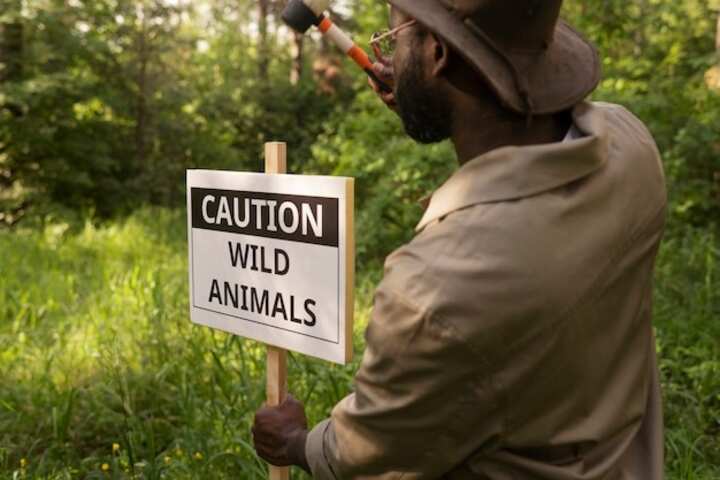
Reliable Wildlife Removal Solutions for Kansas City Homes & Businesses
Kansas City, a vibrant metropolis that straddles the Kansas-Missouri state line, is well-known for its lush parks and green spaces. However, with suburban expansion and urban sprawl, encounters with wildlife have become more frequent within residential and business areas. This article explores reliable and ethical wildlife removal solutions tailored to Kansas City, aiming to balance the coexistence between humans and wildlife in the most humane manner.
The Importance of Wildlife Management in Kansas City
Wildlife management in Kansas City is crucial for maintaining ecological balance and protecting human habitats. Unchecked wildlife populations can lead to property damage, health risks, and threats to local biodiversity. It's essential to implement animal control measures that prioritize humane treatment while addressing these concerns.
Wildlife Concerns
Potential Risks
Property Damage
Structural harm caused by animals seeking shelter or food.
Health Risks
Diseases transmitted through direct contact or droppings.
Ecological Impact
Disruption of local flora and fauna.
Ethical Considerations in Wildlife Control
Ethical wildlife control prioritizes the well-being of animals while achieving desired outcomes for humans. The Humane Society stresses the importance of non-lethal methods, such as exclusion and habitat modification. Using research-driven strategies ensures balance and supports community values aligned with Kansas City's eco-friendly initiatives.
Trends in Urban Wildlife Encounters
As urban development continues, Kansas City faces increasing encounters with animals like raccoons, squirrels, and birds. Recent studies indicate a 30% rise in urban wildlife sightings between 2015 and 2023. These statistics reflect a growing need for effective management solutions that safeguard both human and animal interests.
Key Wildlife Species in Kansas City
Common species requiring management include raccoons, opossums, squirrels, and occasionally deer and coyotes. Each species poses distinct challenges; for example, squirrels may chew through wires leading to fire hazards while raccoons often invade attics, causing structural damage.
The Role of Professional Wildlife Removal Services
Professional wildlife removal services offer expertise, specialized equipment, and a comprehensive approach tailored to Kansas City's unique urban landscape. Companies like Kansas City Wildlife Removal employ trained experts who deliver humane, efficient solutions aligned with state regulations.
Strategies for Successful Wildlife Exclusion
Successful wildlife exclusion begins with preventive measures. These include sealing entry points, maintaining yards, and using proper waste management practices. Experts recommend using sturdy materials to seal potential entryways and keeping vegetation trimmed to discourage nesting.
Case Studies: Effective Wildlife Removal in Kansas City
Case studies illustrate successful interventions where humane, strategic approaches led to lasting solutions. For instance, a residential area plagued by squirrel infestations experienced long-term relief through habitat modification and community education initiatives.
Legal and Regulatory Framework for Wildlife Control
In Kansas City, wildlife control is governed by local and state regulations ensuring humane handling. The Missouri Department of Conservation provides guidelines on legal practices, emphasizing the importance of adhering to ethical standards in wildlife management.
Future Evolution of Wildlife Management Practices
As Kansas City continues to grow, wildlife management practices will evolve, integrating technological advancements and ecological insights. Innovations in tracking and exclusion techniques promise to enhance effectiveness while ensuring humane, sustainable resolutions.